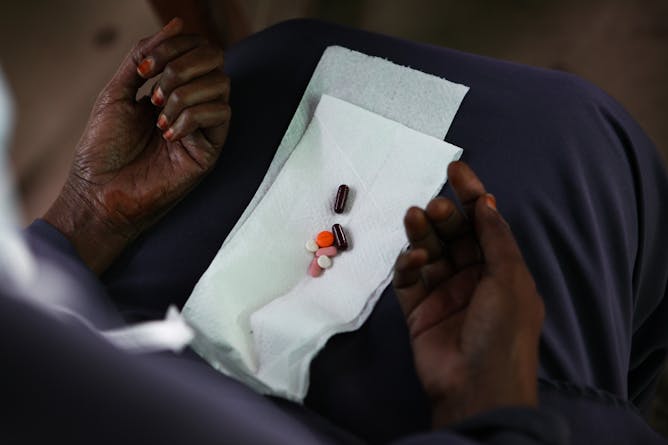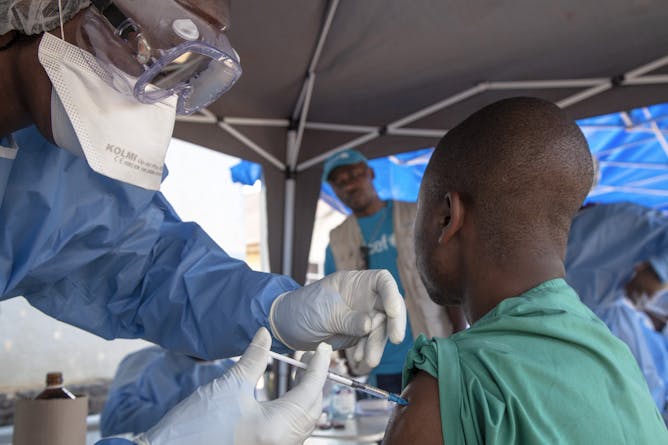|
Tuberculosis is a virulent and often deadly disease, and the treatment is gruelling. As Sarah D'Souza and Admire Dube explain, that’s why researchers are exploring the use of nanomedicine as an easier, more targeted way to tackle it.
The Democratic Republic of the Congo is battling its tenth Ebola outbreak since 1976, but this time things could be different. Important lessons have been learnt since the 2014 West Africa epidemic. And an effective vaccine has also been developed. Ian Jones sets outs how this might change handling future outbreaks.
The deaths caused by the collapse of the Ponte Morandi viaduct in Genoa have left Italy reeling. Bridge engineering expert Marios Chryssanthopoulos reminds us that while modern bridges are built to last a century, they can only be kept in service through constant care.
|

Nanomedicine could scupper the need for TB patients to take multiple daily tablets with toxic side effects.
Daniel Irungu/EPA
Sarah D'Souza, University of the Western Cape; Admire Dube, University of the Western Cape
The reason that nanoparticles hold such hope for TB treatment is that they can be carefully targeted.
|

Ebola vaccination team member administering Ebola vaccine in Beni, North Kivu, DRC.
UNICEF/MARK NAFTALIN HANDOUT
Ian Jones, University of Reading
The Democratic Republic of the Congo has been hit with another Ebola outbreak. This may be the test case for how to deal with future outbreaks.
|
Science + Technology
|
-
Marios Chryssanthopoulos, University of Surrey
Bridge engineering does not end when construction finishes and traffic starts to flow.
|
|
|
|
Politics + Society
|
-
Netina Tan, McMaster University; Cassandra Preece, McMaster University
The re-election of Cambodian Prime Minister Hun Sen contributes to the growing global democratic crisis. Here's why.
|
|